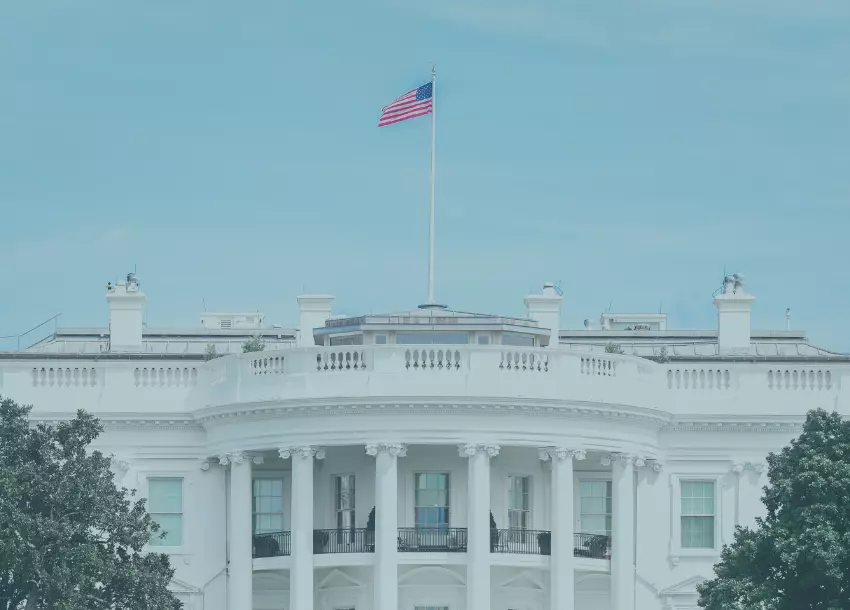So You Received PPP Funds, Now What? SBA Releases Forgiveness Application
Congratulations, if you received funding under the Small Business Administration’s (SBA) Paycheck Protection Program (PPP). As you know, obtaining the loan is just the first step and now we have to consider expenditure compliance to qualify for loan forgiveness. While additional guidance from the SBA is pending regarding loan forgiveness, here is what we know, as of now.
Overview of Loan Forgiveness
The amount of forgiveness of a PPP loan depends on the borrower's payroll costs over an eight-week period (the "covered period"). To qualify for loan forgiveness, at least 75% of the loan proceeds spend during the eight-week period must go toward eligible payroll expenses, with the other 25% being allocated towards non-payroll expenses such as rent, utilities, interest on mortgage payments and interest on debt. The borrower must also maintain full-time equivalent (FTE) employees and salary/wages during the covered period, subject to an exemption for borrowers who have rehired employees and restored salary and wage levels by June 30, 2020, with some limitations. There is also an exemption for borrowers who have offered to rehire employees or restore employee hours, even if the employees have not accepted.
Outside of the exemptions, generally, a reduction in FTE employees during the eight-week period reduces the loan forgiveness amount by the same percentage as the percentage reduction in FTE employees. An FTE employee is defined as an employee who works 40 hours more, on average, each week. The hours of employees who work less than 40 hours are calculated as proportions of a single FTE employee. If base salary or wages are less than 75% of the base salary or wages between January 1, 22020, and March 31, 2020 (the reference period), subject to exemptions for borrowers who restore reduced wages or salaries, the eligible amount fo forgiveness will be reduced by the difference between the base salary or wages during ht reference period and current base salary or wages. This calculation is done on a per employee basis, not in the aggregate.
Forgiveness for the Self-Employed
Self-employed individuals are entitled to use the PPP loan to replace lost compensation due to the impacts of COVID-19, but they are not entitled to use the full amount to replace pay. Only eight weeks’ worth of the company’s 2019 net profit will be eligible for forgiveness.
Applying for Loan Forgiveness
Applications for loan forgiveness will be processed by the lender who disbursed the loan to your company. After submission of the application for forgiveness, the lender is required by law to provide a response within 60 days.
To apply for forgiveness, the PPP Loan Forgiveness Application released by the SBA on Friday, May 18th, must be completed and submitted to the Lender servicing the loan. The application has four (4) components: (1) the PPP Loan Forgiveness Calculation Form; (2) PPP Schedule A; (3) the PPP Schedule A Worksheet; and (4) the optional PPP Borrower Demographic Information Form. Borrowers must submit components (1) and (2) to the Lender, while borrowers should maintain component (3) and any underlying documentation relied upon in completing any of the components.
Click here to access the PPP loan forgiveness application. Key provisions are discussed below:
- Covered Period – The application allows the Borrower to choose between the eight-week (56-day) period starting with the first day of the PPP disbursement or an alternative payroll covered period. Under the alternative payroll covered period, borrowers with a biweekly (or more frequent) payroll schedule may elect to calculate eligible payroll costs using the eight-week (56-day) period that begins on the first day of their first pay period following their PPP disbursement date.
- Loan Forgiveness Calculation Form – In order to complete this form, completion of PPP Schedule A is required.
- Eligible Payroll Costs – Borrowers are generally eligible for forgiveness for payroll costs paid and payroll costs incurred during the eight-week (56-day) covered period or alternative payroll covered period. Payroll costs are considered paid on the day that the pay checks are distributed or the borrower originates an ACH credit transaction. Payroll costs are considered incurred on the day that the employee’s pay is earned. Payroll costs incurred but not paid during the covered or alternative covered period are eligible for forgiveness if paid on or before the next regular payroll date.
- Eligible Nonpayroll Costs – An eligible nonpayroll cost must be paid or incurred during the covered period and paid on or before the next regular billing date, even if the billing date is after the covered period.
Record keeping and Required Documentation for Forgiveness
The following documents must be provided with the company’s PPP forgiveness application. The lender may have additional requirements.
- Documents verifying the number ofFTE employees on payroll and their pay rates:
- Payroll reports from the company’s payroll provider
- Payroll tax filings (Form 91)
- Income, payroll, and unemployment insurance state filings
- Documents verifying any retirement and health insurance contributions
- Documents verifying eligible interest, rent, and utility payments:
- Canceled checks
- Payment receipts
- Account statements
If you’re a sole proprietor, you can have eight weeks of the loan forgiven as a replacement for lost profit. However, documentation should be provided for the remaining two weeks’ worth of cash flow proving you spent it on mortgage, interest, rent, lease, and utility payments.
Documents Not Required to Submit but Must be Maintained:
- Documentation supporting the listing of each employee and wage reduction calculations, if applicable.
- Documentation regarding any employee job offers and refusals, firings for cause, voluntary resignations, and written requests by any employee for reductions in work schedule.
- Documentation supporting the FTE Reduction Safe Harbor which exempts certain borrowers from the loan forgiveness reduction based on FTE employee levels.
Good record keeping and bookkeeping will be critical for getting your loan forgiven – you’ll need to keep track of eligible expenses and their accompanying documentation over the eight weeks. Some best practices are noted below:
- All documentation should be retained for at least six (6) years, the statute of limitations for False Claims Act cases, after the date the loan is forgiven or repaid in full.
- Consider segregating the funds from your already existing cash. This may be done by putting the funds in a new bank account or creating a new general ledger cash account specifically for the PPP funds.
- Document, document, document! It cannot be said enough, make sure that you have detailed documentation of all PPP loan expenditures.
- Talk to your accountant about how to properly account for the PPP funds. Creating a “PPP Loan Payable” account on your trial balance to the record the liability should be your first step. The loan should remain a payable until either the bank provides a notice of forgiveness or the loan is paid. At the point that the bank provides a notice of forgiveness, you should debit the loan payable account for the amount forgiven and credit an income account for that same amount. Be mindful that simply paying forgivable expenditures does not affect the loan balance.
If your company is not approved for forgiveness, the outstanding balance on the loan will continue to accrue interest at 1%, for the remainder of the 2-year loan term. There is no prepayment penalty, therefore, the outstanding balance can be paid off with no additional fees.
Keep checking for updates and additional Insights here. For more information and guidance please reach out to Bobby Robinson and Yolanda N. Davis.
Prior to joining Nexsen Pruet, Yolanda received a M.S. degree in Accountancy from Wake Forest University and worked for a “Big 4” public accounting firm as a Business Assurance and Advisory Services professional. She then spent more than a decade as an accounting consultant for non-profits and small businesses.
Bobby assists clients in a wide range of business transactions, including corporate governance and regulatory compliance, as well as serving as outside general counsel.
Our Insights are published as a service to clients and friends. They are intended to be informational and do not constitute legal advice regarding any specific situation.
About Maynard Nexsen
Maynard Nexsen is a full-service law firm of 600+ attorneys in 31 locations from coast to coast across the United States. Maynard Nexsen formed in 2023 when two successful, client-centered firms combined to form a powerful national team. Maynard Nexsen’s list of clients spans a wide range of industry sectors and includes both public and private companies.









